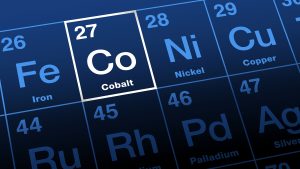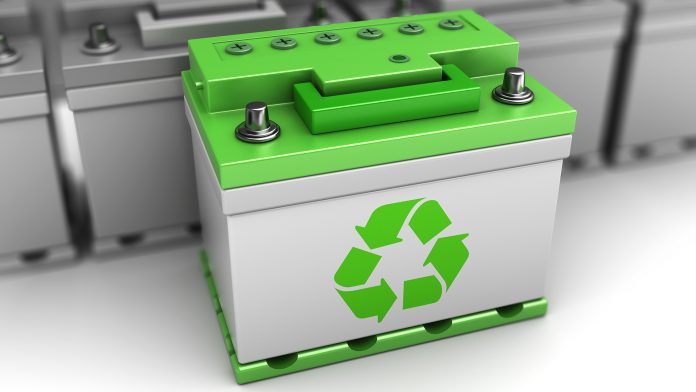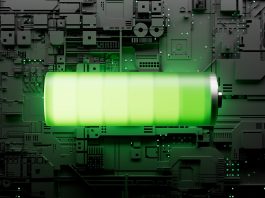Researchers at Linnaeus University have developed an environmentally friendly battery recycling method that has great potential for large-scale application.
Linnaeus University researchers have developed a new way to retrieve cobalt from used lithium-ion batteries. The battery recycling method uses a liquid solvent derived from urine and acetic acid to recover over 97% of the cobalt.
With the demand for lithium-ion batteries rising and a limited supply of critical battery metals such as cobalt, it is clear that an efficient battery recycling method is required. Demand for cobalt, one of the main components of lithium-ion batteries, is rising in tandem with growing battery demand and is only expected to increase. Despite this, battery recycling currently occurs on a small scale.
“Today’s methods for recycling cobalt from batteries come with many drawbacks. They require significant amounts of energy and create byproducts that are dangerous for both humans and the environment. With more efficient and environmentally friendly methods, we can reuse a very significant portion of the cobalt that is already in use, instead of mining,” said Ian Nicholls, professor of chemistry at Linnaeus University.
The work, ‘Highly Efficient Recovery and Recycling of Cobalt from Spent Lithium-Ion Batteries Using an N-Methylurea–Acetamide Nonionic Deep Eutectic Solvent,’ is published in the journal ACS Omega.
Current battery recycling methods
There are three main methods for recycling essential metals from lithium-ion batteries.
First, pyrometallurgy involves separating metals at very high temperatures at around 1,400°C, resulting in high energy costs and harmful gases being generated.
The second method is hydrometallurgy which uses chemical solvents to extract the metals. Although the method involves less of a risk for the generation of harmful gases, large quantities of dangerous chemical compounds are required.
Third, biometallurgy uses bacteria to separate metals but requires other substances to accelerate the reaction. The process causes harm to the environment and has high costs involved.
As demand for battery metals rises, it is important that an environmentally friendly and cost-effective method for battery recycling is sourced to ensure that a circular battery supply chain is secured.
The new battery recycling method tackles two major problems
The new battery recycling method developed by the researchers has the potential to develop a greener battery industry, solving two major problems with current recycling – high energy costs and dangerous waste.

The researchers used a liquid solvent to separate the cobalt and dissolve the lithium cobalt oxide, a substance used in lithium-ion batteries.
“The solvent is a combination of two readily available substances: a simple derivate of urea, which is naturally occurring in urine, and acetamide, which can easily be retrieved from acetic acid,” explained Subramanian Suriyanarayanan, one of the researchers behind the new method.
The process requires lower temperatures
Compared to current battery recycling methods for cobalt, the main benefit of the researchers’ solvent is that the process can take place at much lower temperatures.
“In our case, the reaction is most efficient at 180°C. That makes our method much more energy efficient than today’s commercial options, such as pyrometallurgy, which require extreme temperatures, often exceeding 1,400°C,” said Nicholls.
The process has large-scale potential
The researchers extracted over 97% of the cobalt from pieces of lithium cobalt oxide that spent two days in the heated solvent.
In collaboration with researchers at the Indian Institute of Technology in Madras, the extracted cobalt was then used to produce new batteries, which in turn have been recycled with maintained effect.
The researchers believe that the results are a step closer to greener battery production, crucial for the clean energy transition.
“The combination of readily available and relatively harmless substances and high energy efficacy gives our method potential to work for large-scale extraction,” said Nicholls.









